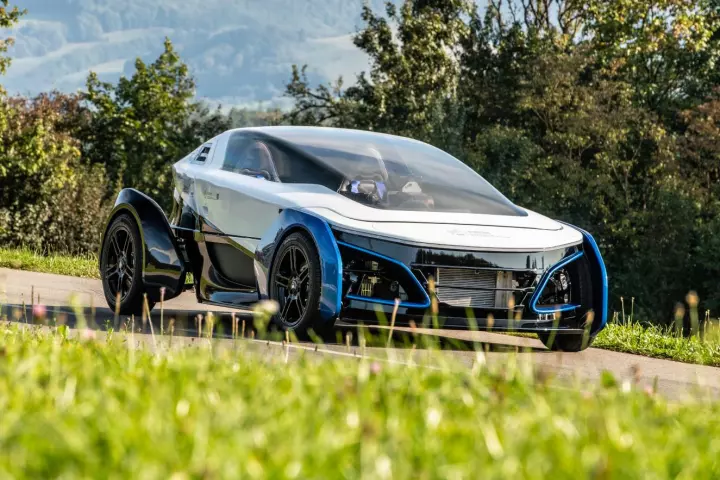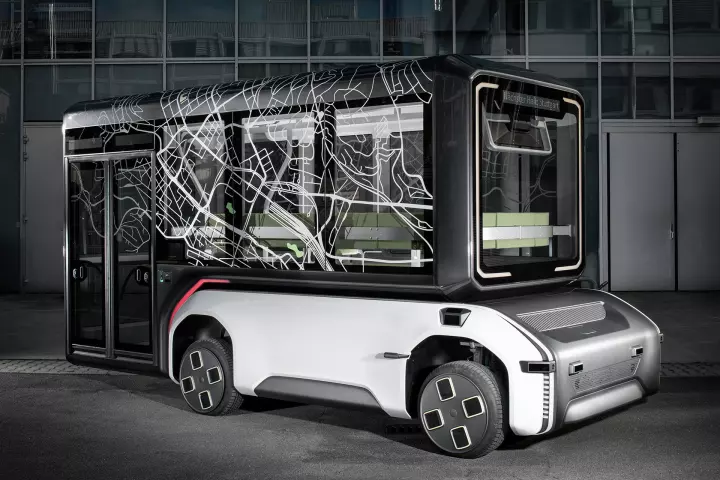DLR
-
As a way to keep small natural gas power plants operating in anticipation of a hydrogen economy, the German Aerospace Center and Power Service Consulting have tested a way for micro-turbines to burn hydrogen, gas, or both.
-
At the Paris Air Show, the space agencies of France, Germany and Japan signed an agreement that will allow a robotic Franco-German rover aboard Japan's Martian Moon eXploration (MMX) mission and land it on the surface of the Martian moon Phobos.
-
The German Aerospace Center combines ultralight foam-sandwich construction and small, efficient fuel-cell power into the Safe Light Regional Vehicle, a flashy prototype meant to be an efficient, zero-emissions commuter for the city and beyond.
-
NASA and DLR have officially called it quits on InSight's "mole." The instrument was designed to drill deep into the Martian soil, but soon hit a snag and has now been abandoned after almost two years of troubleshooting failed to resolve the issue.
-
The German Aerospace Center has revealed a working prototype of a multi-use urban mobility and logistics vehicle called U-Shift, which is made up of an electric U-shaped base platform that's used to ferry around various pod modules.
-
DLR and Bauhaus Luftfahrt are studying how to make electric commuter aircraft practical. The CoCoRe project is using the example of a 19-seat hybrid-electric commuter aircraft to learn about the economics and environmental impact of the technology.
-
A key component of NASA’s Insight Mars lander may soon be back in full swing, with a creative maneuver to free the vehicle’s heat probe after it became lodged in the soil now appearing to bear some fruit.
-
DLR is developing a new type of gyrocopter that ditches the pilot in favor of more cargo space. The focus of the Automated Low Altitude Air Delivery (ALAADy) system, the ALAADy Demonstrator unmanned gyrocopter is designed to autonomously deliver heavier cargoes at low altitudes.
-
Historically, space launches are anything but cheap, but reusable rocket programs like those from SpaceX and Blue Origin promise to significantly reduce costs (if they’re not already). In a similar vein, the EU is looking to develop a "rocket catcher" that snaffles boosters in mid-air for reuse.
-
Digging into the surface of another planet for the first time is going to bring some surprises, you’d just hope that those surprises don’t include your digging being brought to a halt. This is the dilemma scientists working on the Mars InSight mission have been forced to contend with.
-
Airbus Defence and Space and its partners have taken the jet-powered Sagitta demonstrator to the air for the first time. The UAV, which is intended to aid in the development of future production unmanned aerial vehicles, flew on a pre-determined course for around seven minutes during the test.
-
What goes up must come down, but how it comes down can have a big impact on where and how it used. In what is claimed as world first, researchers have gently landed a winged UAV on top of a car traveling at 75 km/h.
Load More











